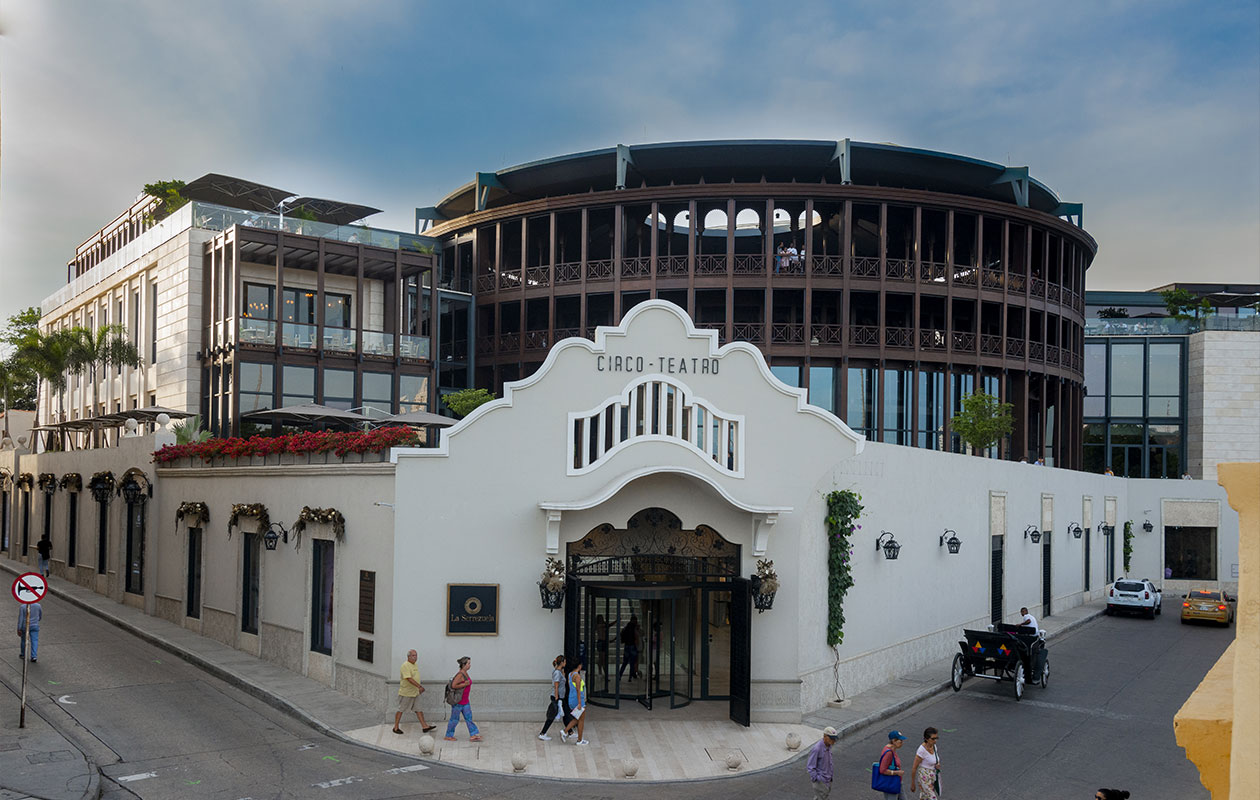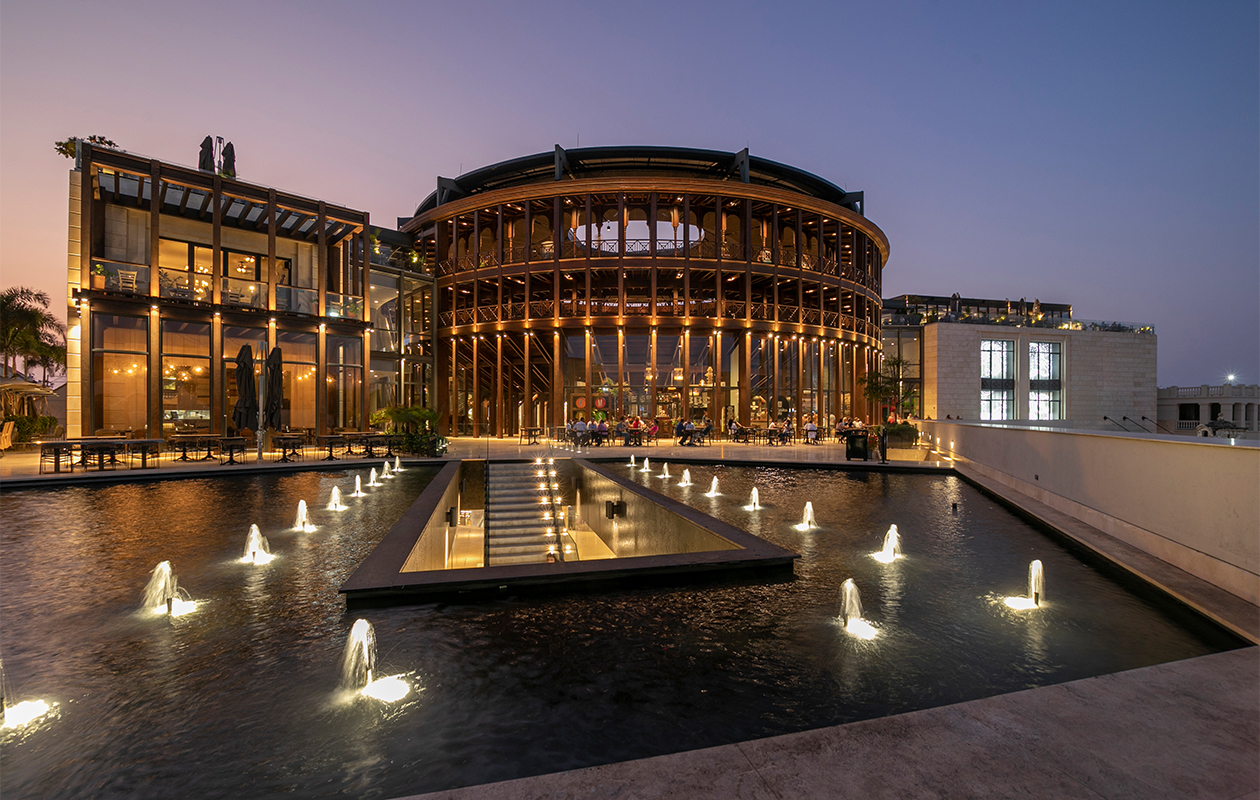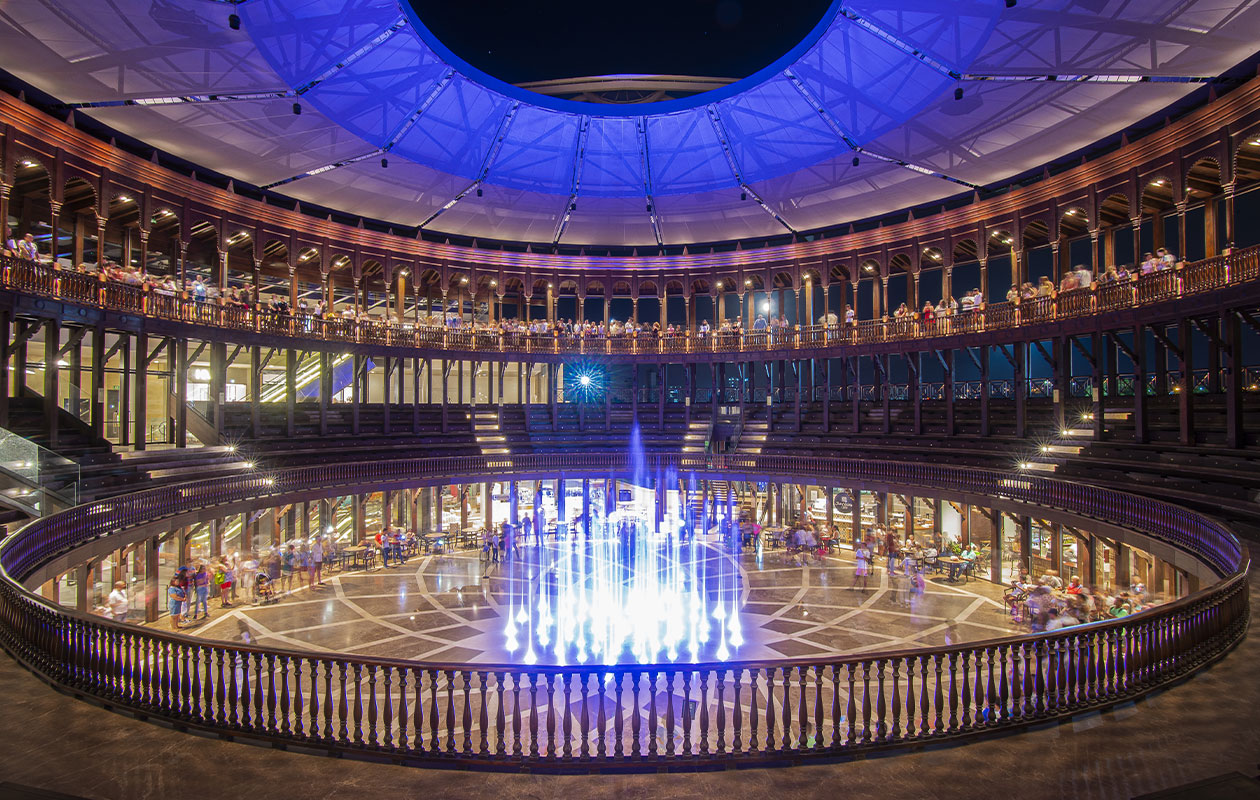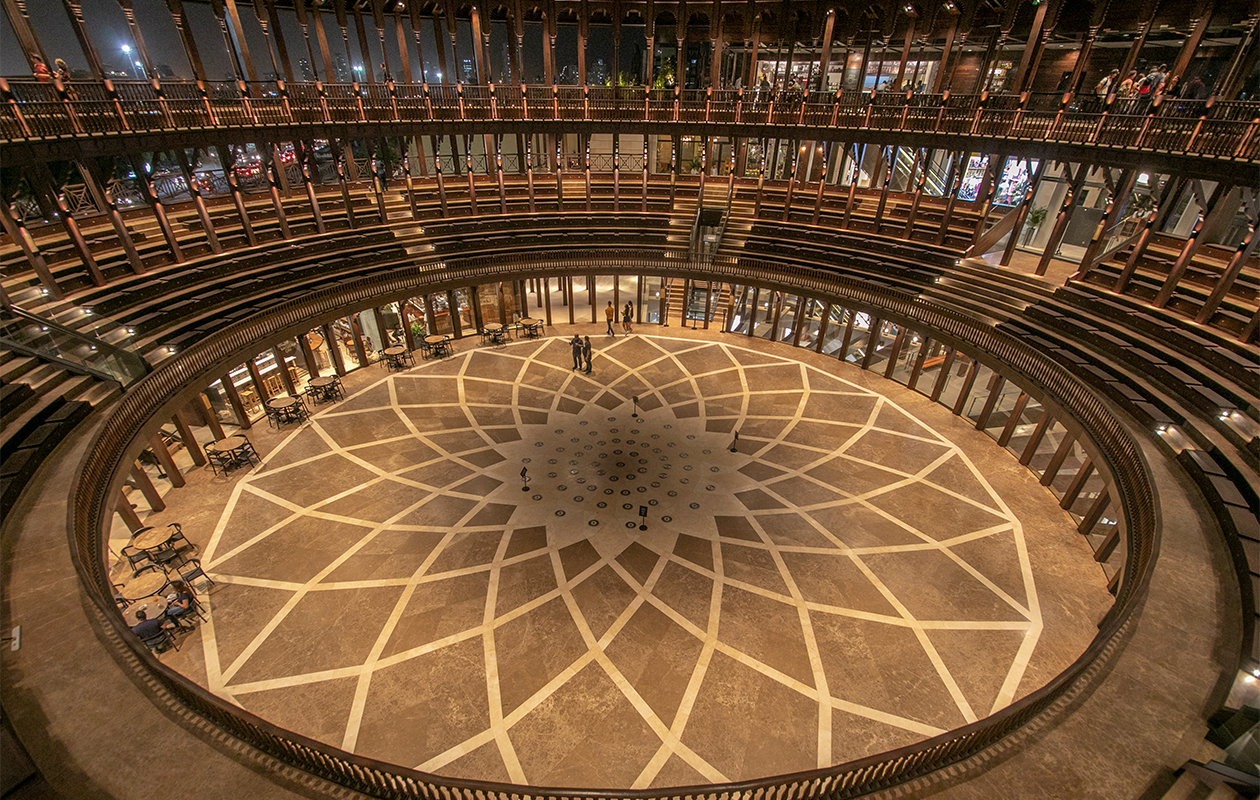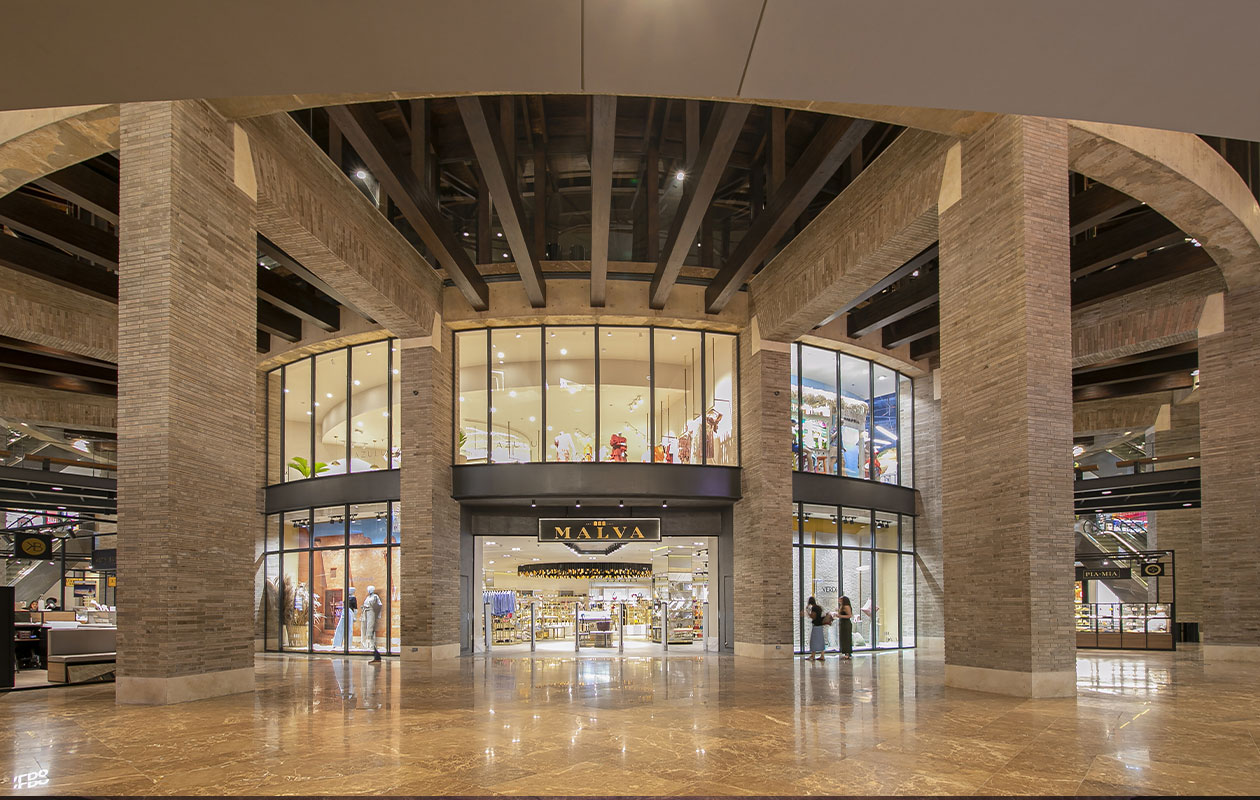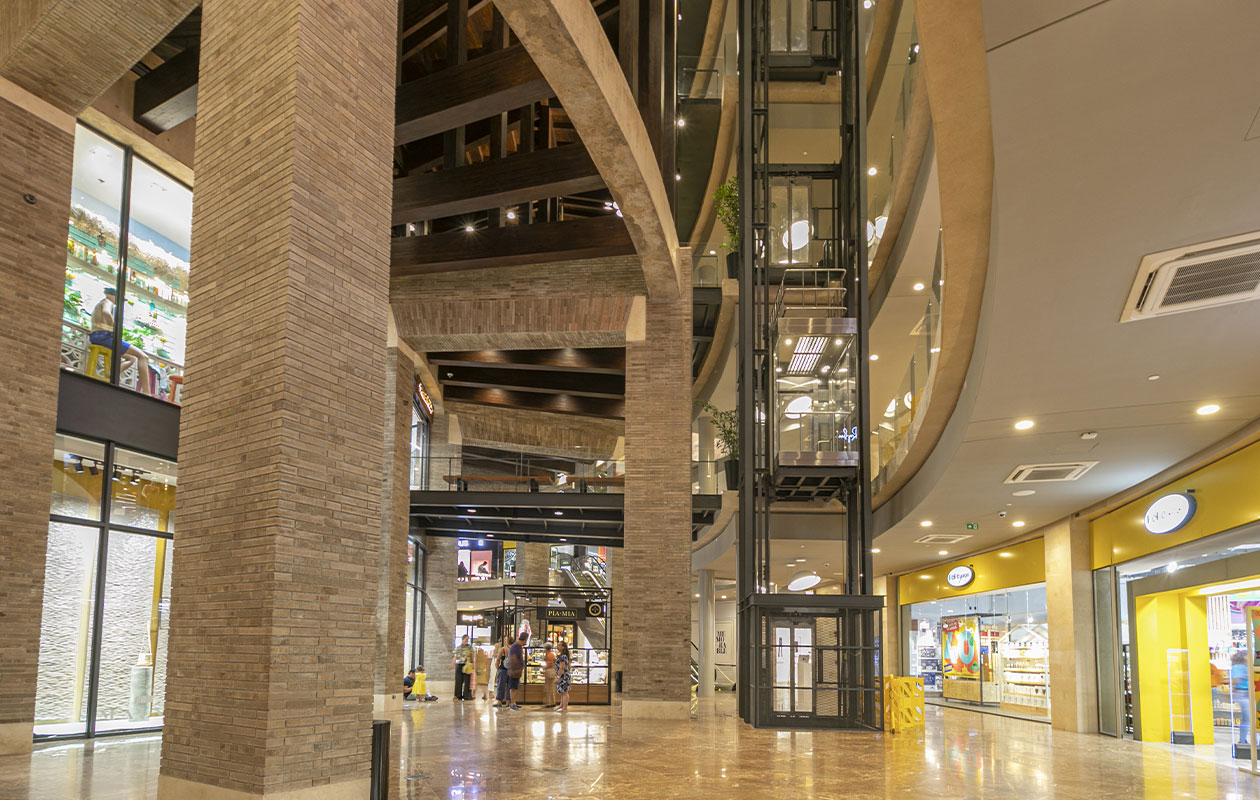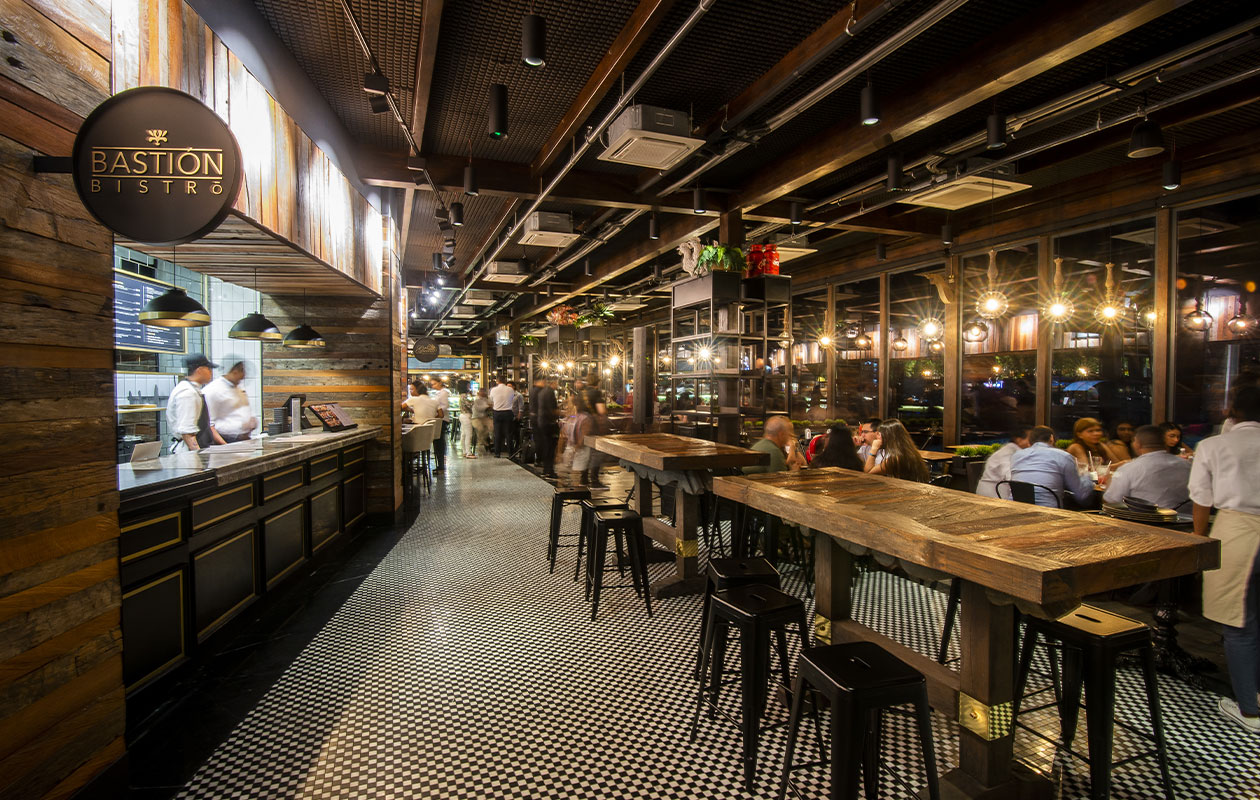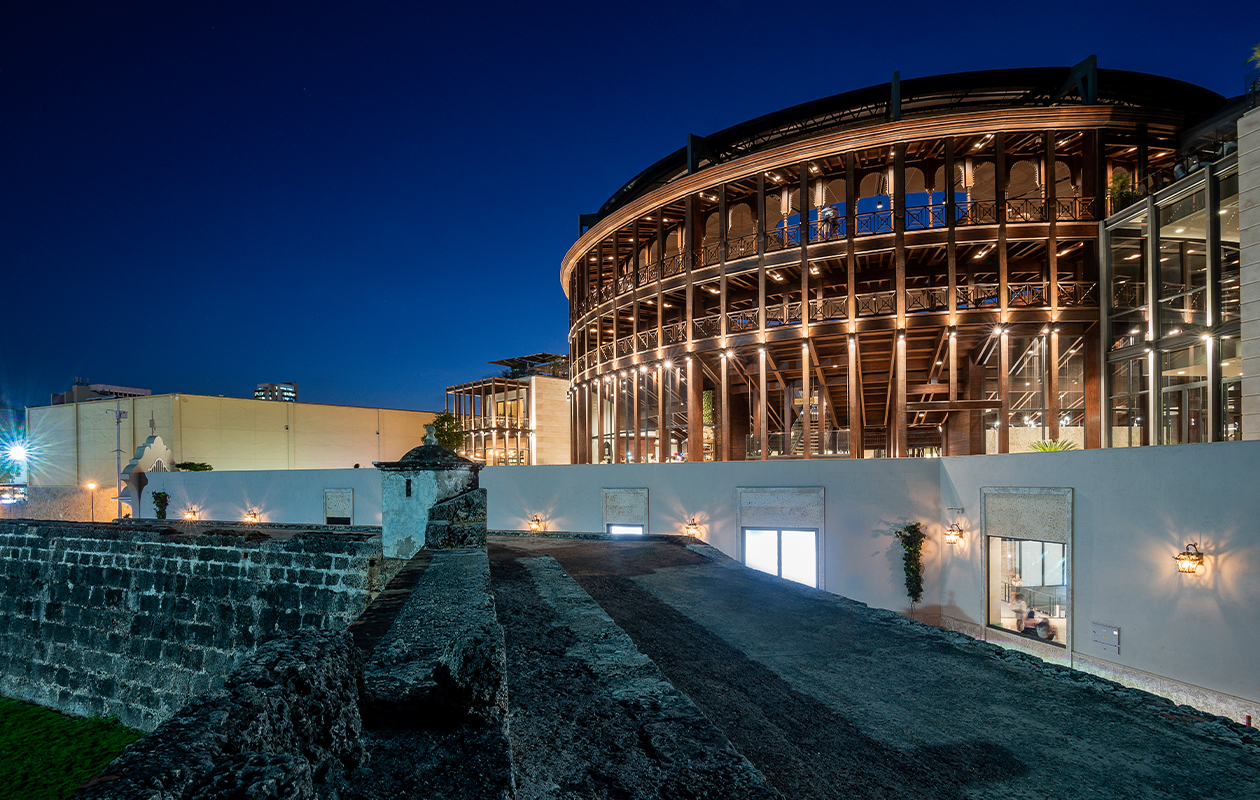
Cartagena, jewel of the colonial Spanish architecture, is nowadays a reference place for different historical cities on the Caribbean and a world class touristic destination. In 1984 the UNESCO declared it World Heritage and therefore it’s an ideal city for a project that combines heritage, culture, entertainment, and commerce. The Serrezuela project includes the reconstruction and restitution of an architectural monument that was forgotten and it’s currently deteriorated. This intervention has the purpose of making it a city icon and a point of interest for visitors and locals. The ruins of Circo Teatro are the departure point for a commercial project that connects aesthetics and spaces with the architecture of its historical surroundings. In such regards, it recreates the original structure of the bullring –morphologic and typologically-, but places it in a context of activities that differ from the original ones. Around the reconstructed structure, there will be a complex of shops, restaurants, entertainment, and ludic spaces. The original bullring was built in 1893. After the Thousand-Day War (Guerra de los Mil Días), the bullring was dismantled and in 1908 the Vélez-Daníes brothers built a second structure. The ruins are in fact just vestiges of the third version of the bullring, opened to the public since May 17, 1930 until 1972. Later in 1995 under the name of Circo Teatro La Serrezuela it was declared a National Monument. Despite the high deterioration, the remains of the structure reflect its original Arab and Mudejar style. This aesthetic is evident in capitals, arcades, baseboards, balconies, and other finishings of the structure. Besides the changes foreseen in the configuration and character of Circo Teatro, there are additional changes to its capacity. The original structure had space for 4000 people, but in the need to fulfill the security standards its capacity was reduced. Now this new structure will house around 2000 people, improving mobility, comfort, and affluence of the users. In order to restore the monument, a reclaimed wood structure imported from France was proposed. Such structure uses softwood species and was chosen under a criteria of durability and maintenance. This criteria took into account that humidity and saltpeter tend to affect and accelerate its deterioration, as well as the deterioration of other construction materials. Thus, the special cutting-edge assemblies of the wood elements would be placed inside, making them not highly visible from the outside and providing similar finishings to the original structure. Besides the technology of the materials and the use of the commercial spaces, the construction process has implemented technologies to minimize the environmental impact. Some examples include hydrology specialized studies and dewatering technologies during the subsoil excavation process, thus allowing safety construction activities. This is a land project of mixed use that aims to recover a deteriorated historical structure by formulating and building commercially-driven projects. With this new commercial enveloping, improvements to the context and the urban life on the historical center of Cartagena are also expected.

IAI Best Architecture Award
Winners:Aaron Cohen
Colombia
